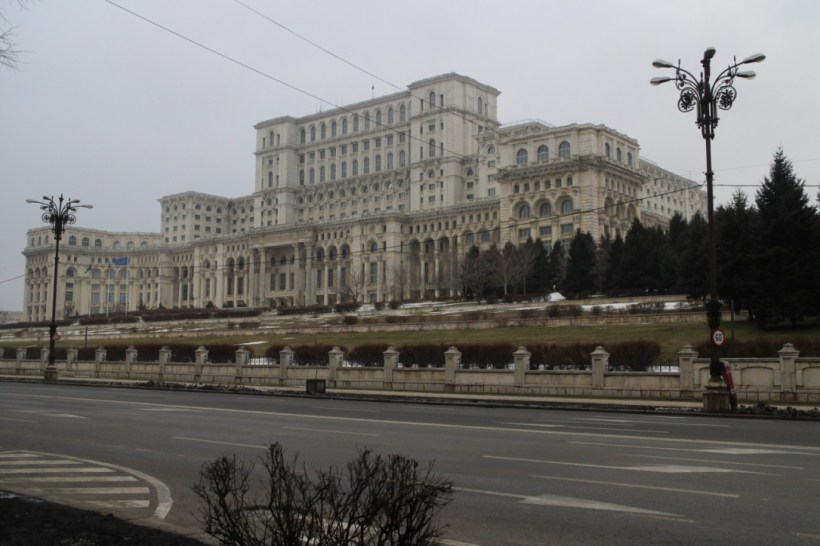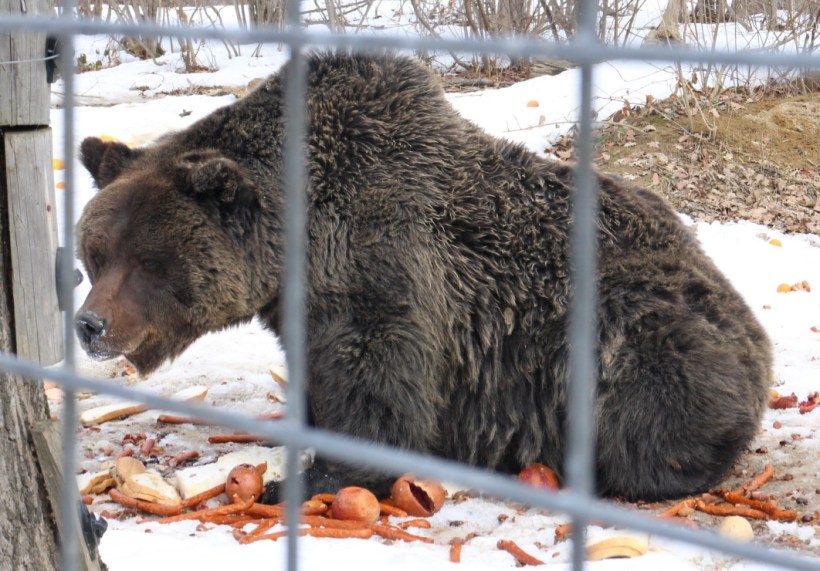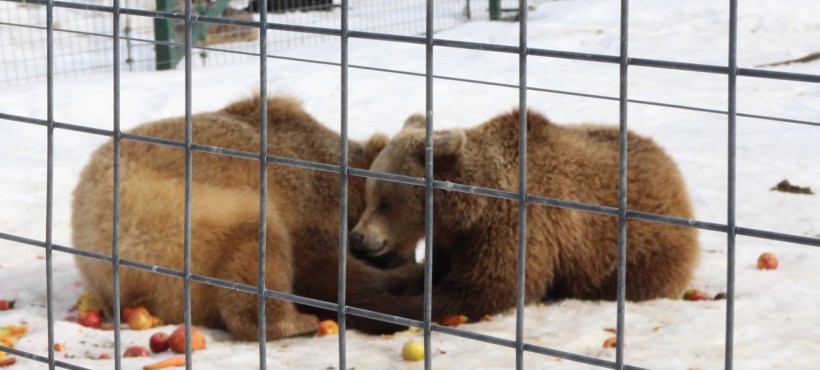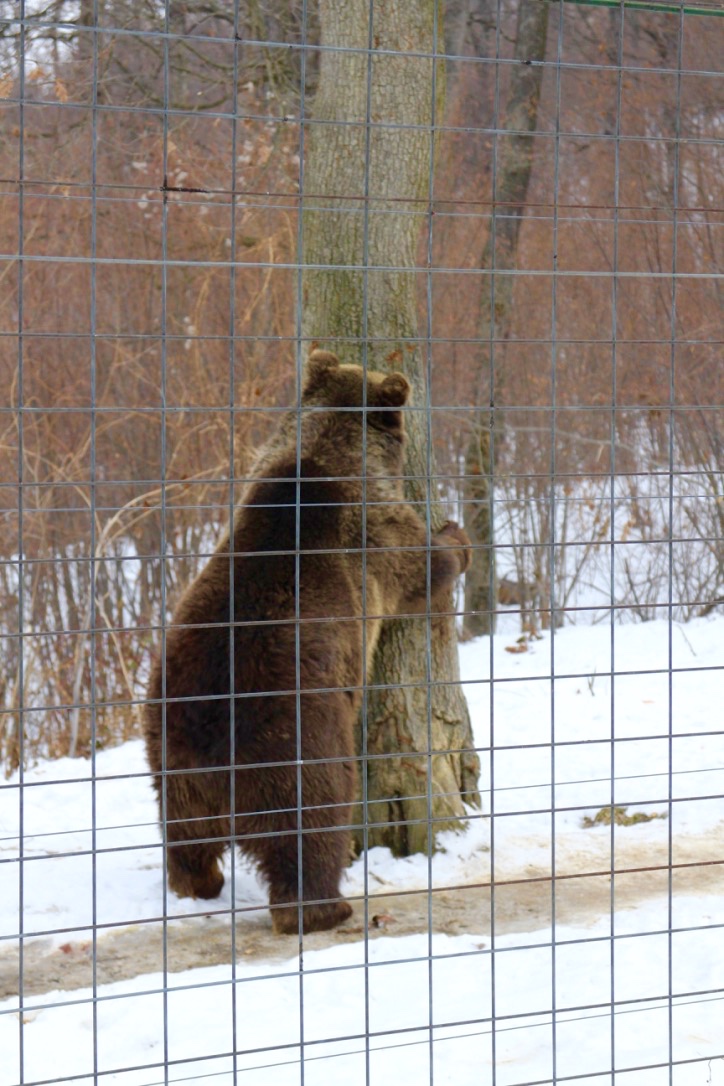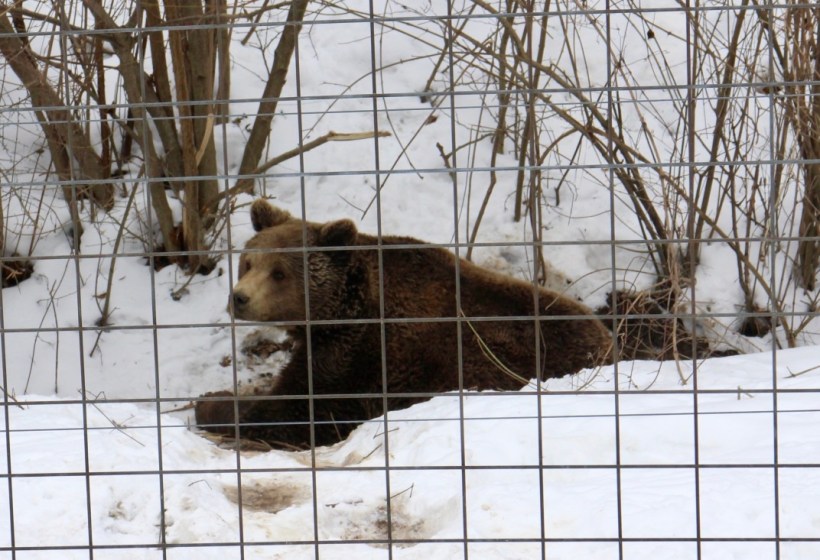To finish off our Romanian trip report, I must mention the political history of the country as it is one of the most extraordinary stories to emerge from a county so close to home, and in the very recent past.
Nicolai Ceausescu was Romania’s communist president from 1967 – 1989 and despite seemingly starting out as exactly what the country needed and wanted, it soon turned sour and Ceausescu became increasingly brutal and repressive. He maintained tight controls over the media, sanctioned a brutal secret police force and made decisions which resulted in extreme shortages of fuel, energy, medicines, and a nationwide famine. Finally, after years of growing unrest, unlawful killings and political demonstrations, Ceausescu’s communist government was overthrown, and following a dramatic helicopter escape attempt, Ceausescu and his wife Elena were subjected to a brief show trial and sentenced to death by firing squad.
We visited these sights in Bucharest and in Târgoviște, an hour north of the capital, expecting them to be busy and full of tourists with cameras, like any European capital, especially one with such a fascinating history. But what we discovered was quite the opposite, Bucharest was like a ghost town. We were seemingly the only tourists, and the only people paying any attention to these historic landmarks. We got the distinct impression that Romanians don’t want to commemorate the revolution or celebrate their freedom, they just want to forget that this ever happened.
It took us a long time to even find the Ceausescu Museum in Târgoviște, given that it had no signs, wasn’t marked, and has the incorrect address on the website. This crumbling and unremarkable building is where the Ceausescus were held, tried and executed. Eerie doesn’t even come close. You can sit in the chair where they were sentenced, see where they spent their final days, and touch the bullet holes which remain in the wall where they fell. It should signal the end of repression for Romania, a start of a new era, yet the guest book indicated that we were the only visitors in the last 10 days.
Another stark reminder of the Ceausescu’s rule, and one which perhaps the Romanians would like to forget, is the Palace of the Parliament in Bucharest. Ceausescu built this in the 1980s to try and replicate the regime in North Korea. In order to build this narcissistic monstrosity, a hospital was demolished along with several monasteries and around 37 old factories and workshops, and 40,000 people were kicked out of their homes. The cost of building it was estimated at around €3 billion, of public money. Today it is the fourth biggest building in the world and the cost of heating and electric lighting alone exceeds €5.5 million per year. Despite housing the entire Romanian Parliament and several museums, approximately 70% of the building remains empty. Just what Romania needs; a country which still has one of the lowest net average monthly wages in the EU, at just €540.
Romania was a truly fascinating place, and I am pleased that through visiting I was able to learn so much more about the dark history of this country. If you ever find yourself in Eastern Europe I thoroughly recommend a trip.
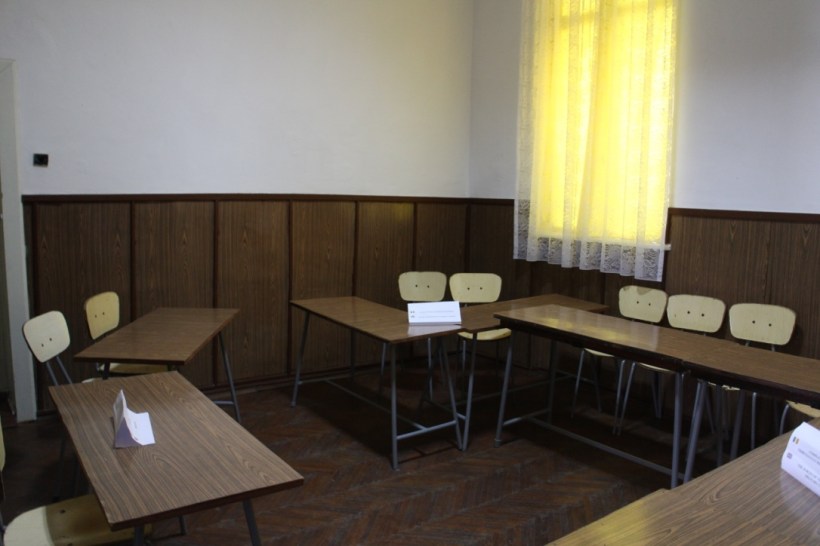

 A surprising lack of pride on a national monument.
A surprising lack of pride on a national monument.
